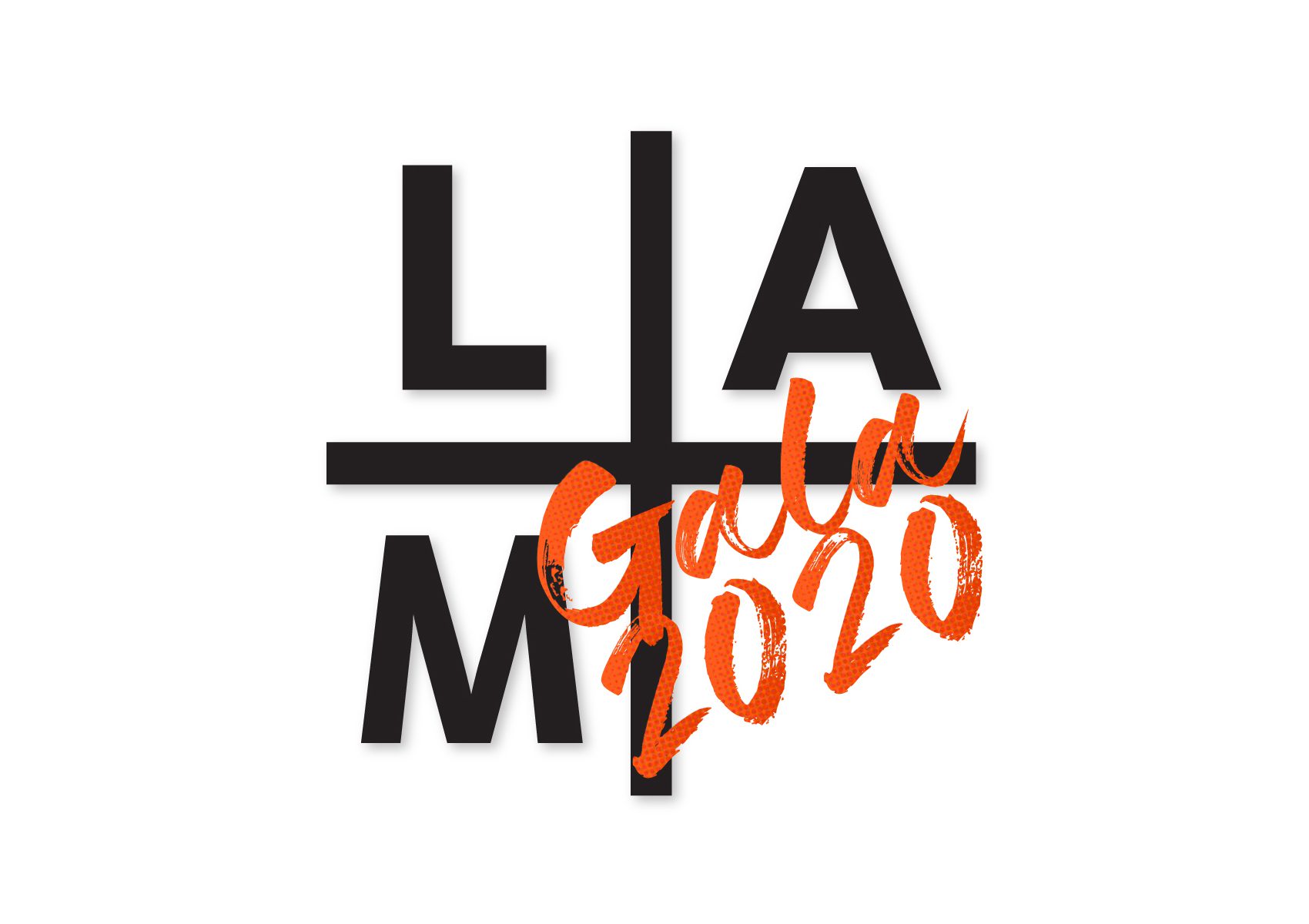Exhibit Overview
The origin of the art of wave riding is shrouded in mystery. Prehistoric stone carvings at Chan Chan in Peru dating back five thousand years show surfers riding caballitos (little horses): boats with upturned ends, made from bundles of reeds. These sport craft are still in use today.
Images of people riding waves can also be found at Hawaiian petroglyph sites. When the ancestors of the Hawaiians first arrived in the archipelago about four thousand years ago, they are believed to have brought the practice of surfing with them. He’e nalu (wave sliding), an activity shared by nobility and commoners, was an important part of the culture. Captain Cook’s landing at Waimea on Kauai in January 1778 marked the first collision of alien forces of the outside world with Polynesian culture. The effect on traditional Hawaiian activities such as surfing was devastating.
The first work of European art depicting a surfboard, View of Karakakooa, in Owyee, was published in London in 1790. The engraving, based on sketches done in 1778, shows a man paddling a surfboard to greet Captain Cook’s third expedition as it sailed into Hawaiian waters. Over the next few decades, European presses portrayed surfing in prints that ranged in style and content from Pellion’s straightforward documentation (Houses and Surfboard of Kalaimoku, 1819) to Jacques Arago’s romanticized engraving of a nude wahine floating on her board. In his 1872 novel, Roughing It, Mark Twain described the sight of a Polynesian surfer who . . at the right moment . . . would fling his board upon [the wave’s] foamy crest and himself upon the board, whipping by like a bombshell.
The sport remained a curiosity to the rest of the world until the early twentieth century. But soon after finding a home in Southern California, it set off waves that permanently altered the landscape of pop culture.
In 1885, when three visiting Hawaiian princes introduced surfing to Santa Cruz, California, it failed to catch on. But the tide began to turn in 1907, when railroad baron Henry Huntington hired Irish-Hawaiian surfer George Freeth to promote the Pacific Electric Railroad’s new beach route from Los Angeles to Redondo Beach. Freeth, who demonstrated his sport several times a day in front of the Hotel Redondo, eventually became a lifeguard. In 1908, his daring rescue of Japanese fisherman caught in a storm in Santa Monica Bay made him a local hero. He was featured as a surfer and swimmer in brochures for Catalina, L.E. Martin’s water sports equipment company.
After legendary Hawaiian surfer Duke Kahanamoku won the Gold Medal for the 100-yard freestyle in the 1912 Olympic Games, he toured the West Coast, giving demonstrations at Balboa Beach and Corona del Mar. Depicted on posters as the human fish, Kahanamoku also was shown riding the surf and standing with his board at Waikiki on widely distributed postcards advertising the 1914 Mid-Pacific Carnival in Honolulu. During the ‘teens he was a supporting actor in Hollywood films, playing chiefs of various nationalities.
American involvement in surfing continued to increase. In the ‘20s Wisconsin transplant Tom Blake began a series of experiments with traditional Hawaiian surfboards. In a few years he was able to reduce the weight of similarly shaped boards from 150 to 60 pounds. By the ‘30s, the California-based Waikiki Surfboard Company was the official purveyor of boards to the Outrigger Water Safety Patrol of Oahu.
As mass production techniques became standard, board aesthetics changed. A typical solid redwood plank from the 1920’s might have been adorned with a painted crest or a carved name on its deck. Blake hollow boards from the ‘30s made by the Thomas Rodgers Company featured sand-cast brass drain plugs on mahogany planking with incised and painted graphics. Pacific Systems’ Waikiki boards from the same period have a characteristic look of alternating light (balsa) and dark (redwood) laminated strips.
The burgeoning tourist industry of the ’30s created a demand for inexpensive souvenir art works. Artists desperate for financial support in hard times produced product for this new market. Katherine Kelly, mother of John Kelly Jr., co-inventor of the hot-curl surfboard, made a series of surf-rider statuettes. (In the ’60s Duke Kahanamoku himself would use one of Kelly’s works as a hood ornament on his Lincoln Continental.) In Hawaii, beach boys engraved surfing scenes on ukuleles, Charles W. Bartlett sold woodblock prints of Waikiki surfers atop rolling waves, and George Brangier and Keoni Megis made aloha shirts incorporating surfing scenes. In California, Phil Dike and other California School artists painted images of surfers on Orange County beaches.
World War II substantially affected the sport of surfing in Hawaii and in California as materials and manpower were pressed into military service. Board building became virtually non-existent. Still, many visiting GIs received their first glimpse of Polynesian culture while stationed on or deployed through the islands. These military transients eagerly sought out aloha kitsch as gifts for the folks back home.
In the postwar era, formerly strategic materials such as Styrofoam, resin and fiberglass found their way into surfboard building. Surfers from the Malibu area perfected the chip shape, the direct prototype for the modern surfboard. These lighter, smaller fiberglass-covered balsa surfboards were easier to maneuver and consequently opened up the sport to greater numbers of participants. In the late ‘50s, board makers began to experiment with cores made from polyurethane-based foam; an abundant industrial material that can be shaped more easily than wood, facilitating increased production.
The popular 1959 film Gidget provided a worldwide base of willing customers for the new foam surfboards. Gidget chronicled the interactions of the little girl with big ideas with Malibu’s bohemian surf clique, creating a fad of immense proportions. Kids in Kansas bolted surfboards to their car tops in homage to an imagined surfers’ lifestyle.
The marketing frenzy led by non-surfers redefined popular culture. Elvis Presley posed with a surfboard for his 1961 movie Blue Hawaii. Equally memorable surfploitation titles followed, such as Beach Blanket Bingo, The Horror of Party Beach, Ride the Wild Surf and How to Stuff a Wild Bikini.
Southern California pop music was also part of the surfing scene in the early ‘60s. The Beach Boys’ first three albums had surfin or surfer in their titles. Dick Dale’s surf guitar style, which attracted huge crowds at the Rendezvous Ballroom in Newport Beach, featured loud, fast strumming with plenty of reverb—sounds that captured the feeling of riding a wave.
Surfer Magazine, founded by John Severson in 1960, brought greater self-awareness to the sport. With the emergence of a surf-based media came the ability of surfers to control the dissemination of information about their activities. Severson, a prolific oil painter, often published his own and others’ surfing images.
Meanwhile, surfers used polyester resin pigment to reinvent the look of surfboard graphics, creating popular icons that are still influential today. Noteworthy examples include Bev Morgan’s Santa Barbara Surf Shop insignia, Hap Jacobs’ Surfboards by Jacobs label, Mike Salisbury’s Gordon and Smith trademark, John Van Hammersveld’s Dive and Surf emblem, and Rich Harbour’s geometric color layout for the Banana model.
Surfer-artists making work with the new surfboard materials began to gain acceptance in the vanguard art scene. Billy Al Bengston, known as Moondoggie in Malibu in the mid-‘50s, was shown at the pioneering Ferus Gallery in Los Angeles along with his surf-mate Kenny Greenwater Price. When Robert Irwin was featured in Life magazine, he refused to allow them to photograph his art pieces, choosing instead to pose with his hand-painted surfboard.
John Van Hammersveld’s fluorescent-colored poster for Bruce Brown’s film Endless Summer was a direct influence on the psychedelic San Francisco poster scene. Surfer Magazine staff alumnus Rick Griffin, who worked for rock promoters Family Dog Productions and Bill Graham, was also one of the graphic artists instrumental in the debut of the San Francisco rock show handbill. Griffin also participated in Zap, the pioneering underground comic collective. His cartoon character, Murphy, jumped from the cover of Surfer straight to the corner of Haight and Ashbury. A sport once pursued by a tiny group of enthusiasts had become, in the Beach Boys’ words, “Surfin’ U.S.A.”
— Craig Stecyk
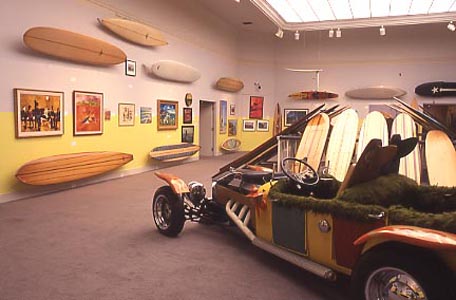
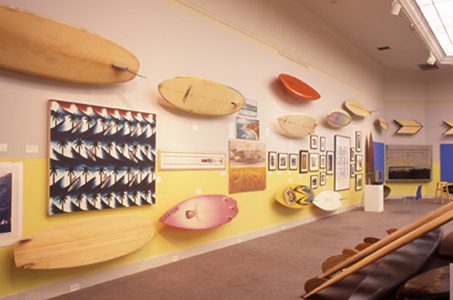
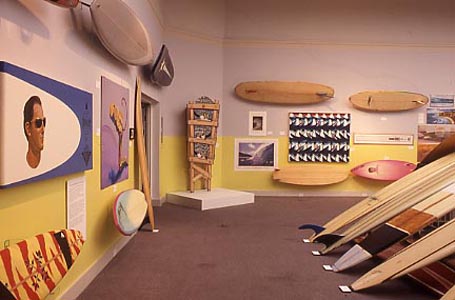
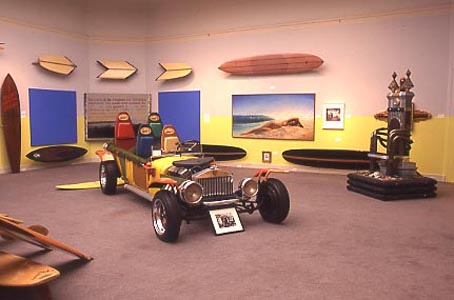
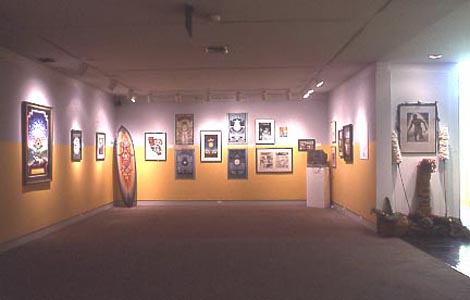
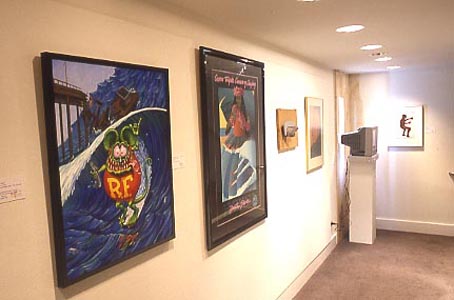
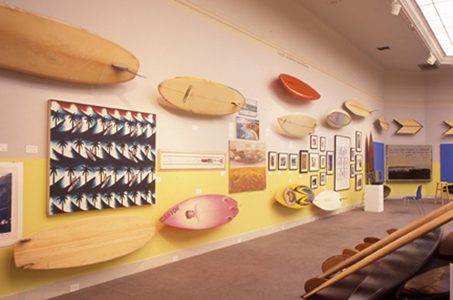
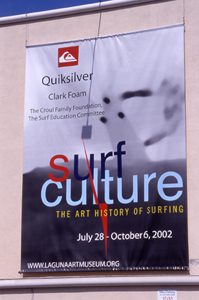

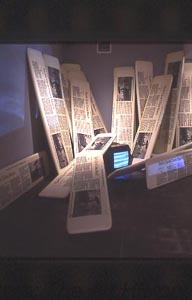
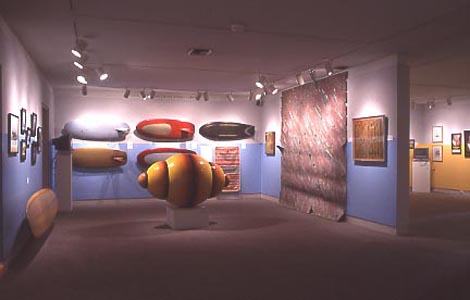
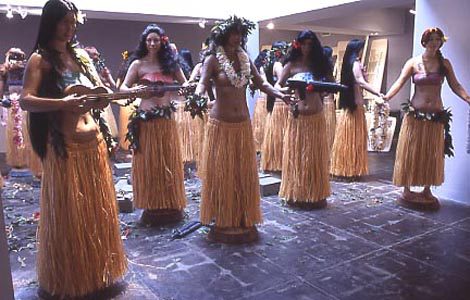
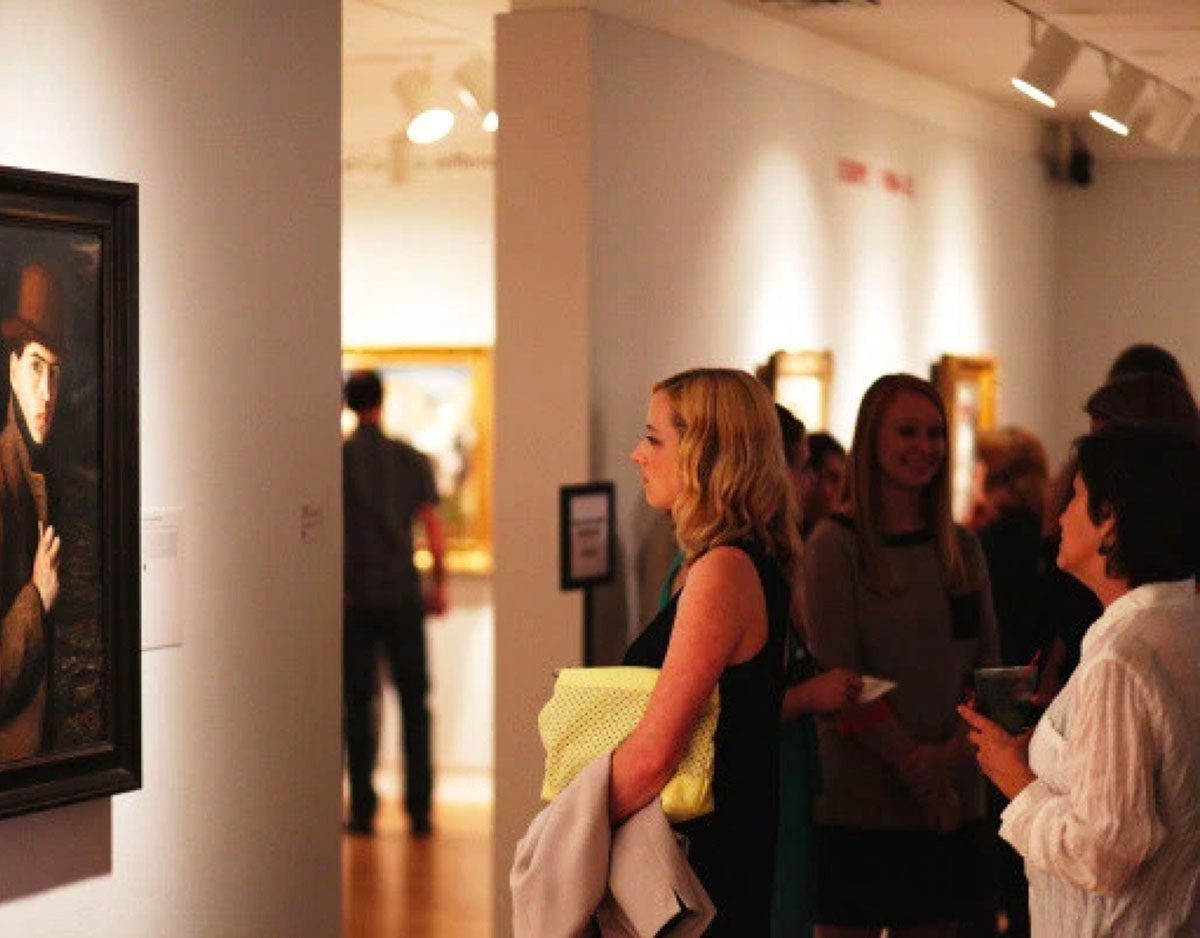
Subscribe To Our Newsletter
Receive news about collections, exhibitions, events, and more.








